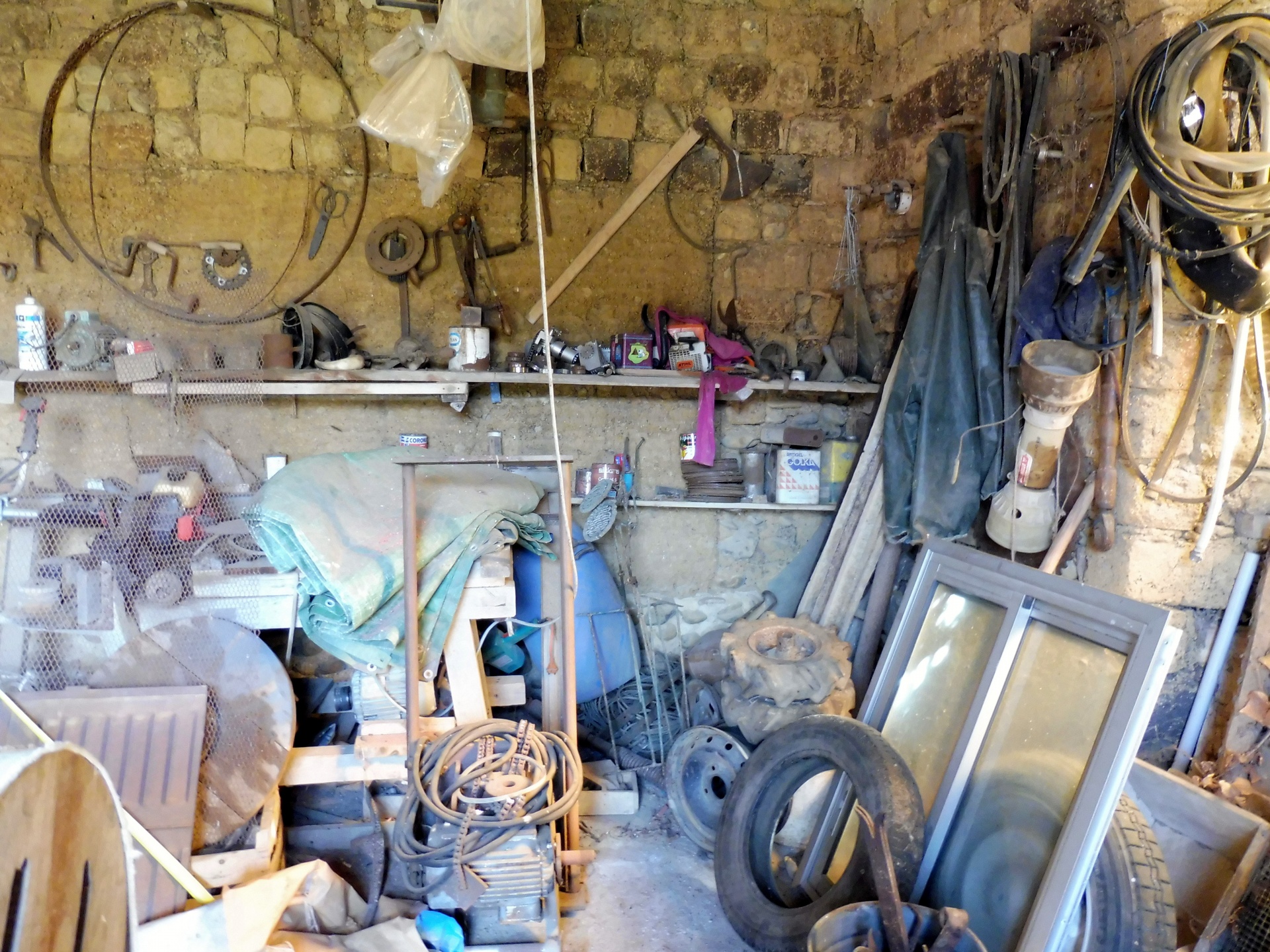Getting ready to tackle a painting project? One of the first hurdles you’ll face is pouring paint from the can without making a mess. It might seem straightforward, but a few simple tips can save you from splatters and spills, keeping your workspace neat and your project on track.
Understanding the Basics of Paint Pouring
Pouring paint correctly is crucial to avoiding a mess. Ensuring you use the right techniques and tools simplifies the process and saves time.
Choosing the Right Type of Paint
Choose the appropriate paint for your project. For interior walls, select latex paint. For exterior surfaces, opt for oil-based paint. Check labels for surface compatibility.

- Paint Can Openers: Open the can without damaging it.
- Pour Spouts: Attach to the rim for controlled flow.
- Paint Strainers: Remove debris for a smooth finish.
Preparing Your Workspace and Materials
You need to prepare your workspace and materials to ensure a smooth painting process.
Setting up a Clean and Safe Workspace
Clear all unnecessary items. Lay down drop cloths to protect the floor. Use painter’s tape on edges and trims. Ensure good ventilation by opening windows or using a fan. Keep a trash bag nearby for disposable materials. Wear old clothes and protective gloves.
Preparing the Paint Can for Pouring
Start by using a paint can opener to lift the lid. Check for any debris or old paint around the can’s rim, and wipe it clean. Attach a pour spout to the can to control the flow of paint. If the paint is thick, use a paint strainer to remove lumps. Stir the paint well with a stir stick before pouring.
Step-by-Step Guide on How to Pour Paint From a Can
Pouring paint correctly avoids mess and waste. Follow these steps to ensure a smooth process.
Opening the Paint Can
Use a paint can opener. Insert the opener under the can’s lid and pry it upward. Work around the lid until it pops off. Ensure the opener moves smoothly to avoid denting the can.
Techniques for Controlled Pouring
Attach a pour spout for better control. Tilt the can slowly and aim the spout at the container. Pour steadily to minimize splashes. If you don’t have a spout, form a spout with aluminum foil.
Tips to Avoid Spills and Splashes
Place the can on a flat surface. Pour paint over a disposable tray to catch spills. Avoid overfilling your brush or roller tray. Clean any spillage immediately. Cover the can with its lid immediately after pouring.
Cleaning Up After Pouring Paint
Cleaning up after pouring paint is crucial to maintaining a tidy workspace and prolonging the life of your tools. Quick and efficient cleanup practices also help in minimizing environmental impact.
Proper Disposal of Paint Waste
Dispose of paint waste correctly to avoid environmental issues. Never pour leftover paint down the drain. Use sealed containers for storing excess paint. Take old paint to a local hazardous waste disposal facility. If dried, latex-based paint can be disposed of with regular trash.
Cleaning Tools and Surfaces
Clean tools right after use to prevent paint from hardening. Use warm, soapy water for latex paint, and mineral spirits for oil-based paint. Wipe paint can rims and lids to remove residue. For paint spills, blot immediately with a damp cloth. Use paper towels to clean smaller splatters. Store cleaned tools in a dry area to prevent rust.
Conclusion
Starting your painting project with the right techniques can make all the difference. By using the proper tools and following a step-by-step approach, you’ll keep your workspace clean and your progress smooth. Remember to choose the right paint for your surface and take the time to clean up properly afterward. This ensures not only a beautiful finish but also a longer life for your tools. Happy painting!









